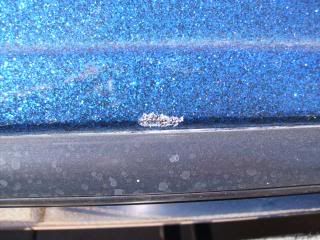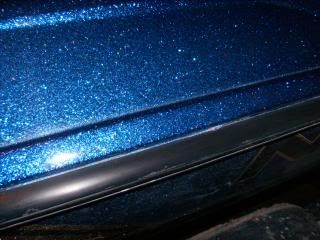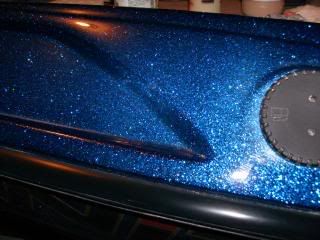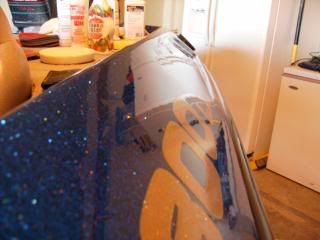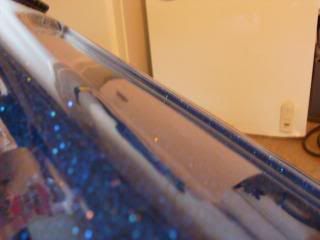You can use it for wetsanding with caution, as electricity and water can be hazardous...
"ZAP!!!"
You'll want to use an appropriate backing, one that supports the disc all the way to the edge (or very close to the edge).
As for stroke size, there is a lot of misconception about the need for a short stroke. In fact, the larger stroke machines can work very well, and can even deliver a better finish, with less
pigtailing! There is not a lot of documentation to support this, so you'll have to either take this at face value and try it yourself. Plus, most online information and manufacturers lead us to believe small stroke machines are the best choice for fine sanding. Not so in my opinion.
Here is a diagram I have almost finished that discusses a bit about short and long stroke machines:
When using Abralon, periodically check to see that the disc has not shifted or stretched.
If this occurs, you will see little wrinkles in the cloth that the abrasive grains attach to.
There is a high probability that you will see pigtailing from this.



